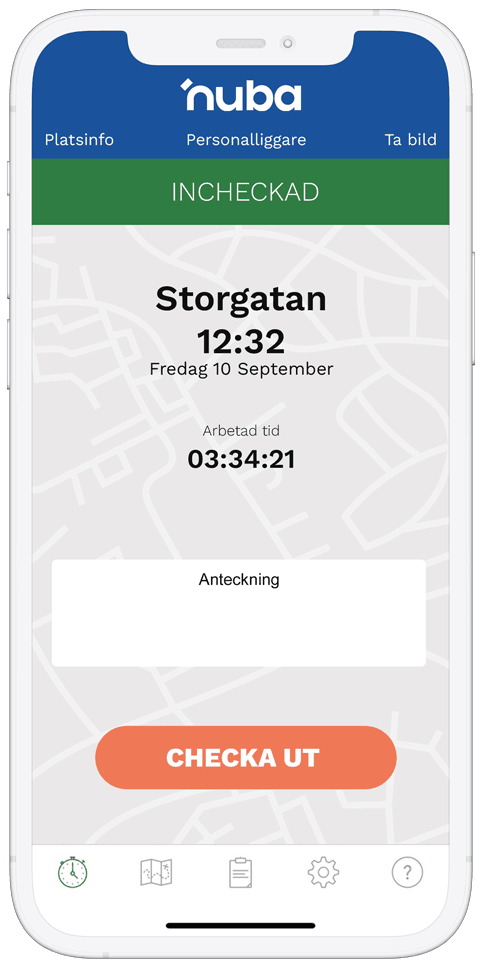Keeping track of working hours, schedules, and staff attendance is an important part of running a successful business. A tool often used for this is a staff ledger. But what exactly counts as a staff ledger, and how can it benefit both employers and employees? In this article, we cover everything you need to know about staff ledgers and how they can be used effectively.
What is a staff ledger?
A staff ledger is a document or digital system used to record and track employees’ working hours, schedules, and attendance. It can be a physical book, an Excel sheet, or an advanced digital platform. The purpose of a staff ledger is to provide an overview of staff availability and hours worked, facilitating planning, payroll calculation, and reporting.
What counts as a staff ledger?
According to Swedish law and practice, there are no strict requirements on how a staff ledger should look, but it must contain certain basic information to be considered correct and useful. Here are the key elements that should be included:
1. Staff names and ID
Each employee’s name and possibly their personal number or employment ID should be clearly stated to identify who has worked.
2. Date and time
Dates of work shifts and start and end times should be recorded. This includes both regular working hours and any overtime.
3. Presence and absence
It should indicate whether the employee was present or absent during a specific time. In case of absence, the reason can be stated, such as illness, vacation, or parental leave.
Digital staff ledgers – a modern solution
Traditionally, staff ledgers have been paper-based, but more and more companies are switching to digital systems. A digital staff ledger offers several advantages:
– Automatic registration: Times can be recorded automatically via time clocks or mobile apps.
– Real-time updates: Schedules and attendance can be updated in real-time, providing a current overview.
– Integration with payroll systems: Digital staff ledgers can often be linked with payroll systems for easy data transfer.
– Accessibility: Digital systems can be accessed anywhere, which is particularly convenient for companies with remote work or multiple locations.
Legal requirements and recommendations
According to Swedish labor law, employers are required to keep records of working hours to ensure compliance with laws and collective agreements. This includes rules on maximum working hours, breaks, and rest periods. A properly maintained staff ledger is therefore not just an advantage – it is a must for legal compliance.
Why is a staff ledger important?
– Transparency: Provides a clear overview of staff working hours and attendance.
– Efficiency: Facilitates scheduling and payroll calculation.
– Legal compliance: Ensures the company follows labor law regulations.
– Conflict management: Reduces the risk of misunderstandings or disputes over hours worked.
Conclusion
A staff ledger is an important tool for managing employees’ working hours and attendance. Whether paper-based or digital, it must contain basic information such as staff names, dates, and times. For modern businesses, a digital staff ledger is often the best choice, as it offers flexibility, automation, and easy integration with other systems.
—
This article is search engine optimized for terms like “staff ledger,” “what is a staff ledger,” and “digital staff ledger,” making it relevant for users searching for information on this topic on nuba.se.



